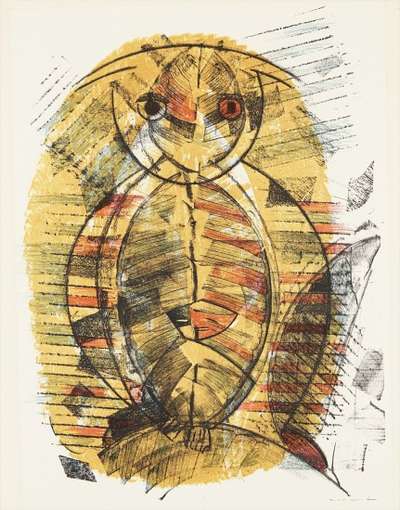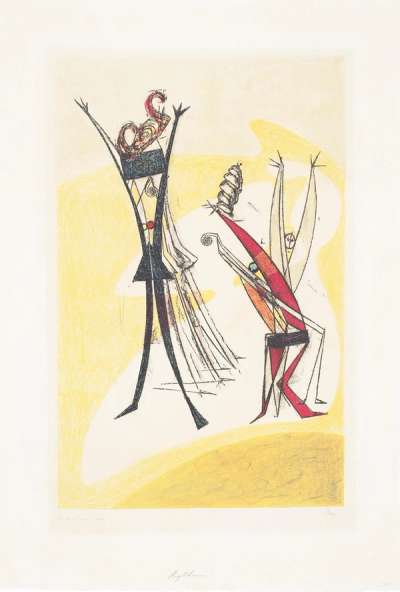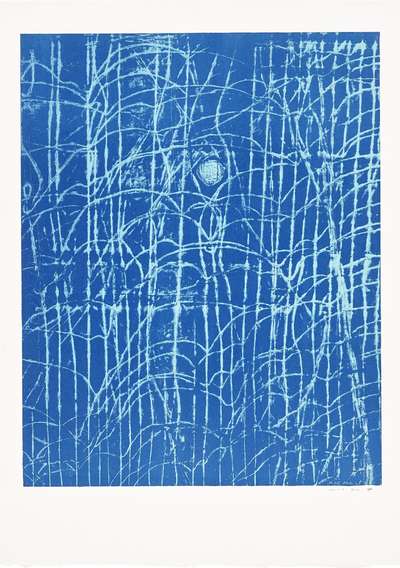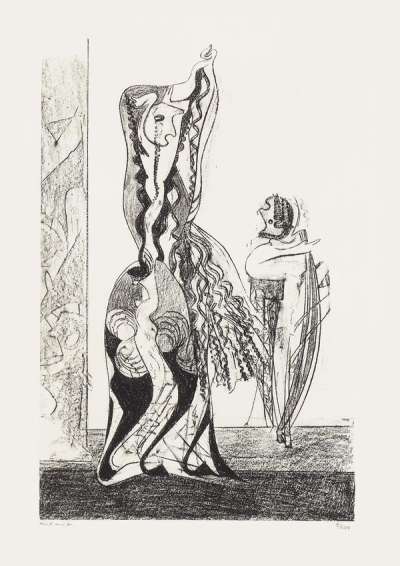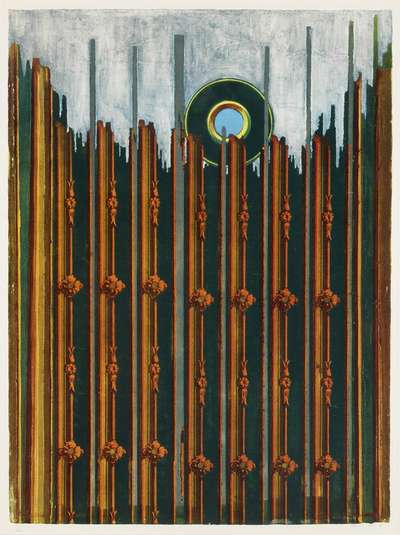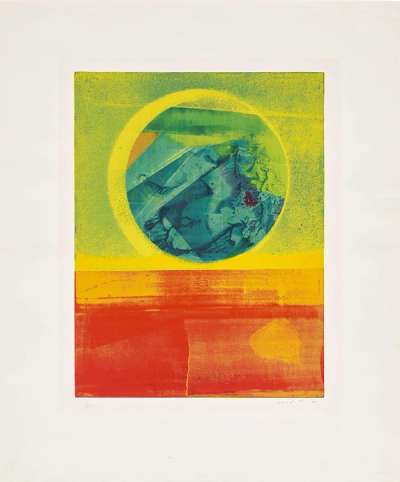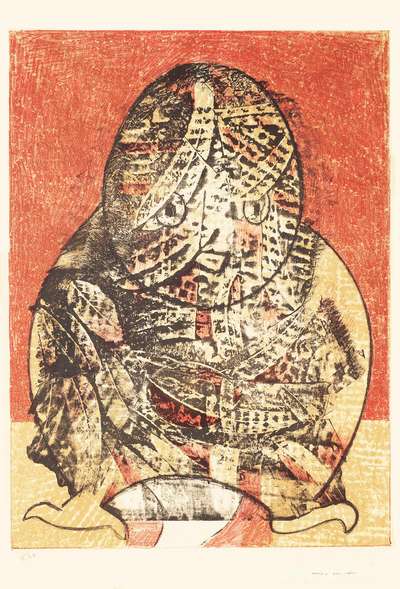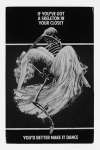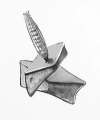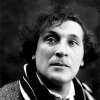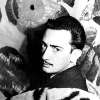Max
Ernst
Max Ernst revolutionised Surrealism with his collage and frottage techniques, creating impactful, dreamlike artworks that explored the subconscious. If you’re looking for Max Ernst original prints and editions for sale or would like to sell, request a complimentary valuation and browse our network’s most in-demand works.
Max Ernst prints for sale
Sell Your Art
with Us
with Us
Join Our Network of Collectors. Buy, Sell and Track Demand
Biography
Born in 1891 in Germany, Max Ernst rose as a seminal figure in the Dada and Surrealist movements, with his practice largely influenced by his exposure to philosophy and psychology at the University of Bonn. Ernst's journey into the art world gained momentum in the 1910s, marked by his involvement with Dadaism, a movement born out of the disillusionment with the horrors of World War I.
Ernst's work is renowned for its inventive techniques and dreamlike quality, which became hallmarks of his contributions to Surrealism. He experimented with various unique methods, including frottage (rubbing), grattage (scraping), and decalcomania (pressing paint between two surfaces). These techniques allowed him to create textured, otherworldly landscapes and figures that challenged the conventional boundaries of visual representation.
A defining early experience was Ernst’s involvement in the Cologne Dada group, where he formed connections with other avant-garde artists, setting the stage for a lifetime of collaboration and experimentation. His move to Paris in the 1920s was a critical milestone as he became more involved in the Surrealist movement, working with artists like André Breton and Salvador Dalí.
One of Ernst's most significant contributions was his development of the frottage technique, which he introduced in his 1925 book Histoire Naturelle. This method, involving pencil rubbings of textured objects, was revolutionary, influencing not just Surrealists but also future art movements. His 1936 inclusion in the Fantastic Art, Dada, Surrealism exhibition at the Museum of Modern Art in New York marked a turning point, introducing his groundbreaking work to a broader international audience. Ernst's impact was further solidified through major exhibitions, such as his first solo show in Paris and his retrospective at the Solomon R. Guggenheim Museum in New York in the 1960s.

